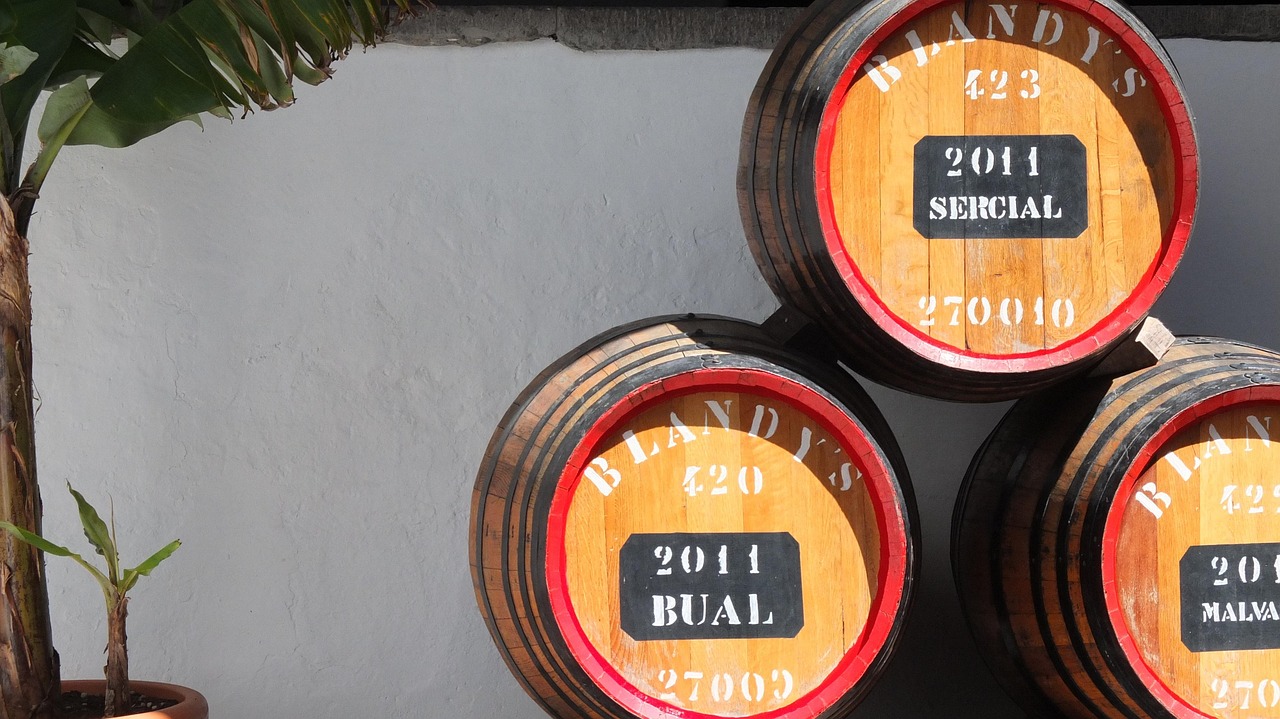Introduction to Wine Yeast Strains
Wine yeast strains play a crucial role in the winemaking process, responsible for fermenting the sugars in grape juice into alcohol. With numerous yeast strains available, each with its unique characteristics, selecting the right strain can significantly impact the final product’s flavor, aroma, and overall quality.
Understanding Yeast Strains
Yeast strains are categorized based on their species, with Saccharomyces cerevisiae being the most commonly used in winemaking. Different strains within this species can impart various flavors and aromas to the wine, ranging from fruity and floral to earthy and spicy.
Equipment Needed for Winemaking
- Fermentation vessel
- Hydrometer
- Thermometer
- Pipette
- Yeast starter kit
Step-by-Step Guide to Using Wine Yeast Strains
- Prepare the grape juice or must, ensuring it is free of contaminants and at the appropriate temperature for fermentation.
- Rehydrate the yeast strain according to the manufacturer’s instructions, typically by mixing it with warm water.
- Pitch the rehydrated yeast into the grape juice, monitoring the fermentation process closely.
- Control the fermentation temperature, as different yeast strains have optimal temperature ranges for fermentation.
- Monitor the specific gravity of the must using a hydrometer to track the fermentation progress.
Pro Tips for Working with Wine Yeast Strains
- Always follow the manufacturer’s instructions for rehydrating and pitching the yeast.
- Keep the fermentation area clean and sanitized to prevent contamination.
- Monitor the fermentation temperature closely, as deviations can affect the final flavor and aroma of the wine.
- Consider using a yeast starter kit to propagate the yeast before pitching it into the main fermentation vessel.
Frequently Asked Questions
- Q: What is the ideal temperature for wine fermentation?
A: The ideal temperature range for wine fermentation varies by yeast strain but generally falls between 15°C to 20°C. - Q: How long does wine fermentation typically take?
A: Wine fermentation can take anywhere from 7 to 14 days, depending on factors like yeast strain, temperature, and sugar content of the must. - Q: Can I use baking yeast for winemaking?
A: No, baking yeast is not suitable for winemaking. It is designed for baking and does not have the necessary characteristics for wine fermentation.
